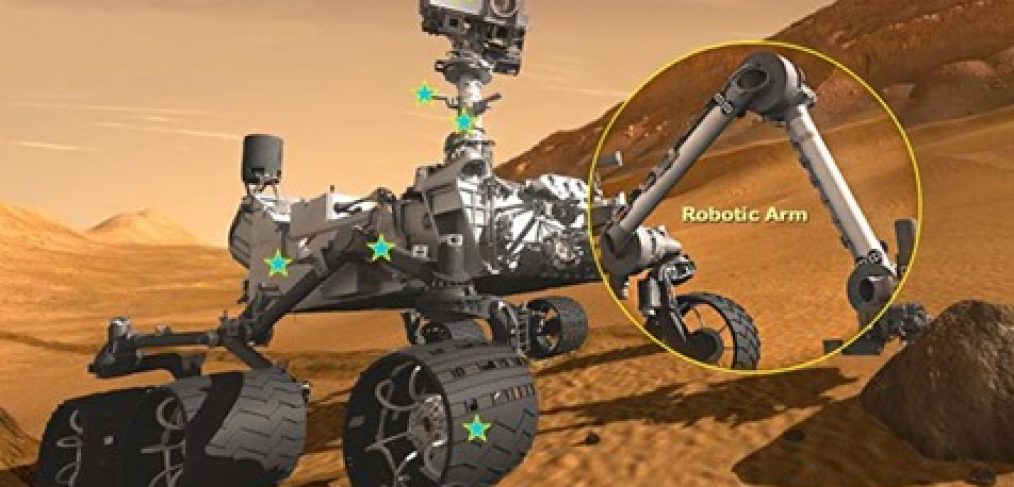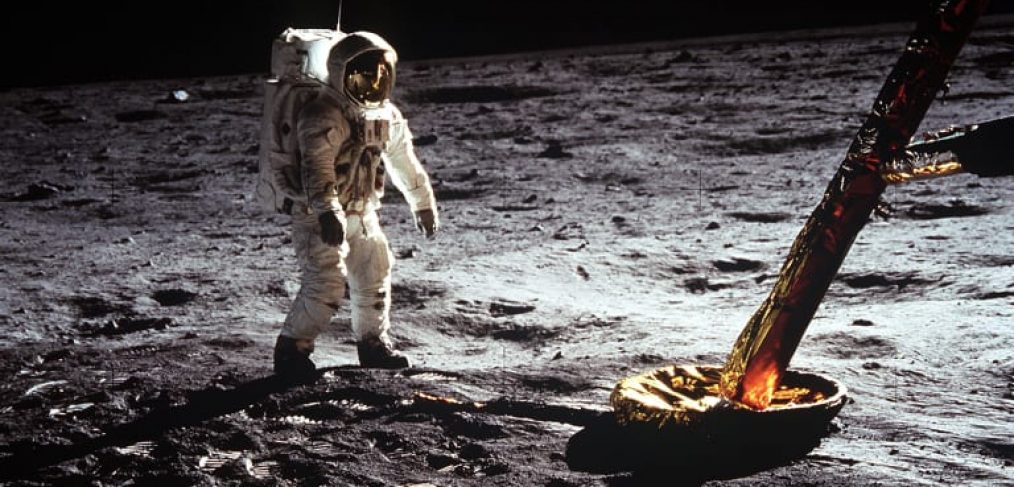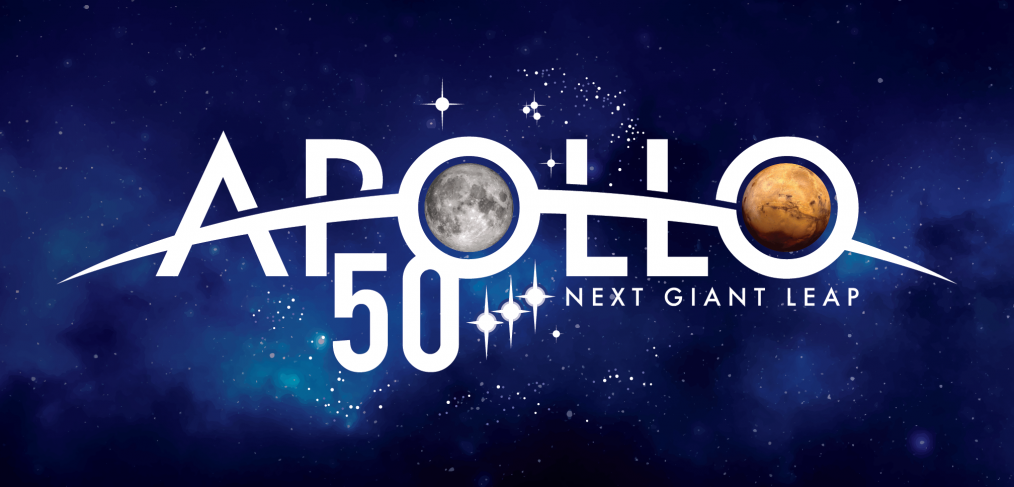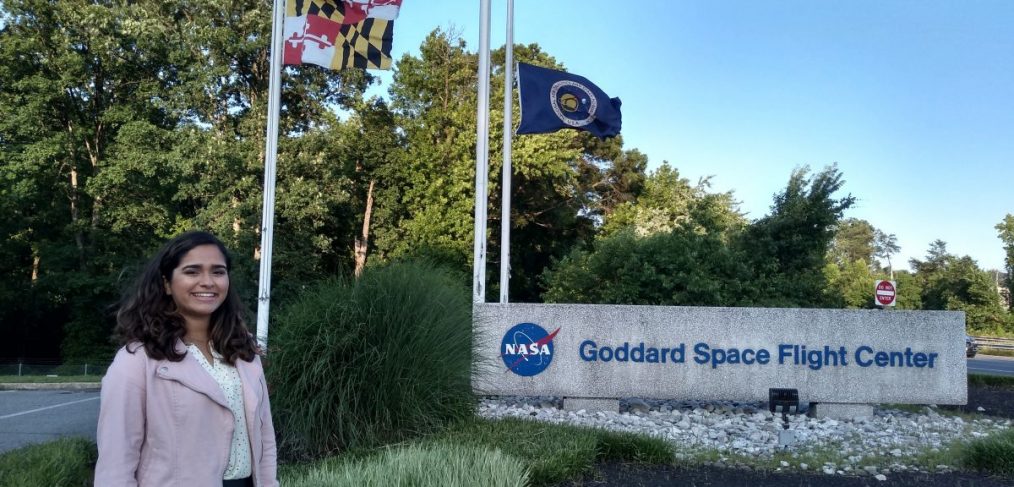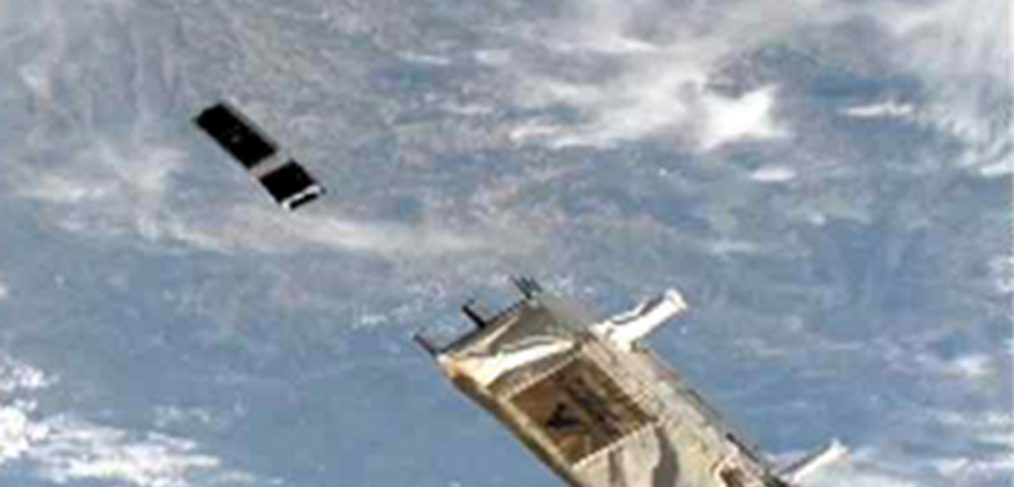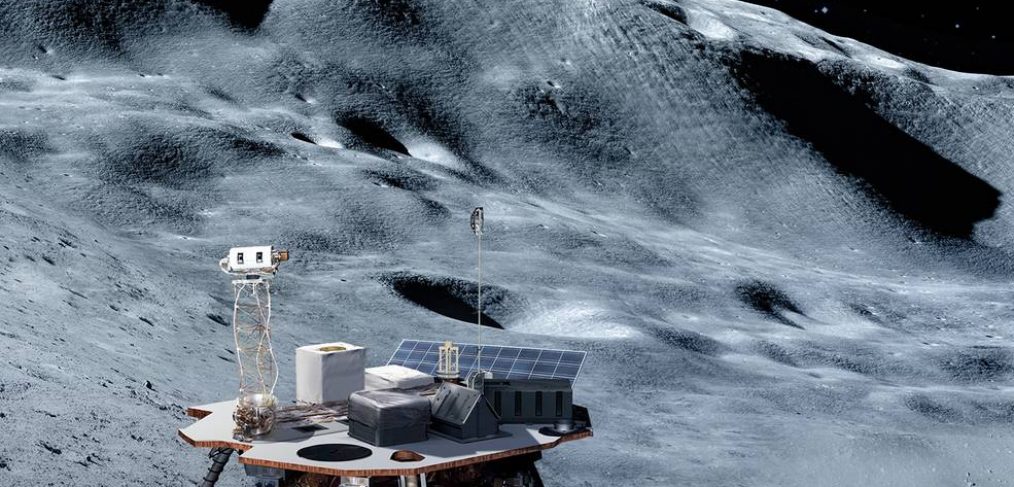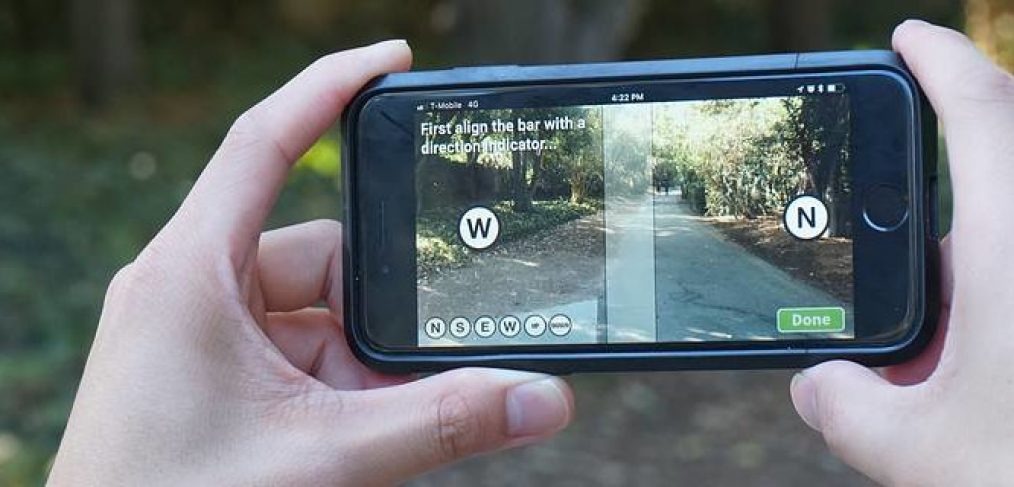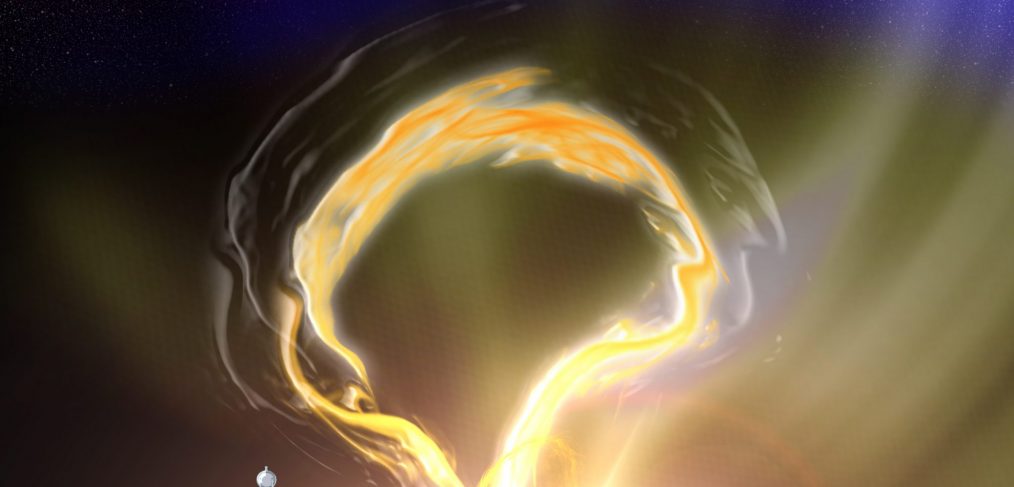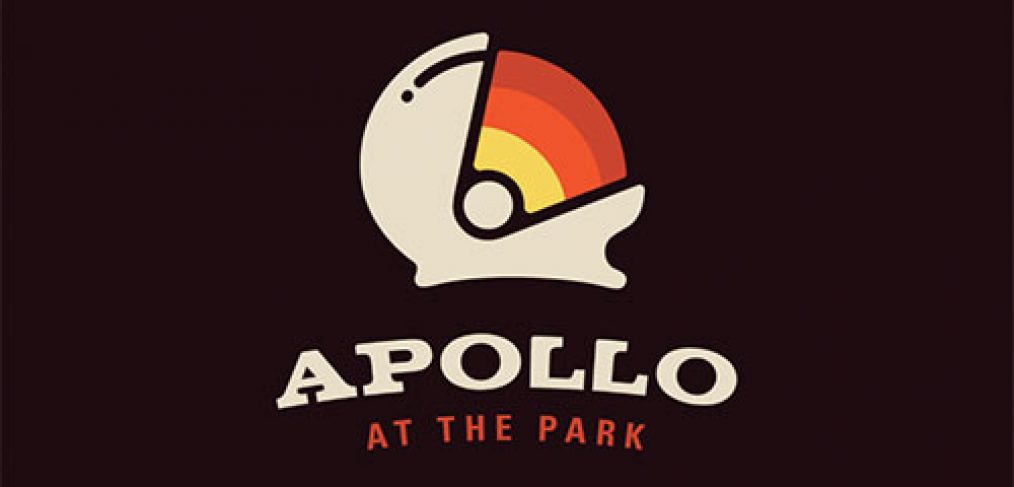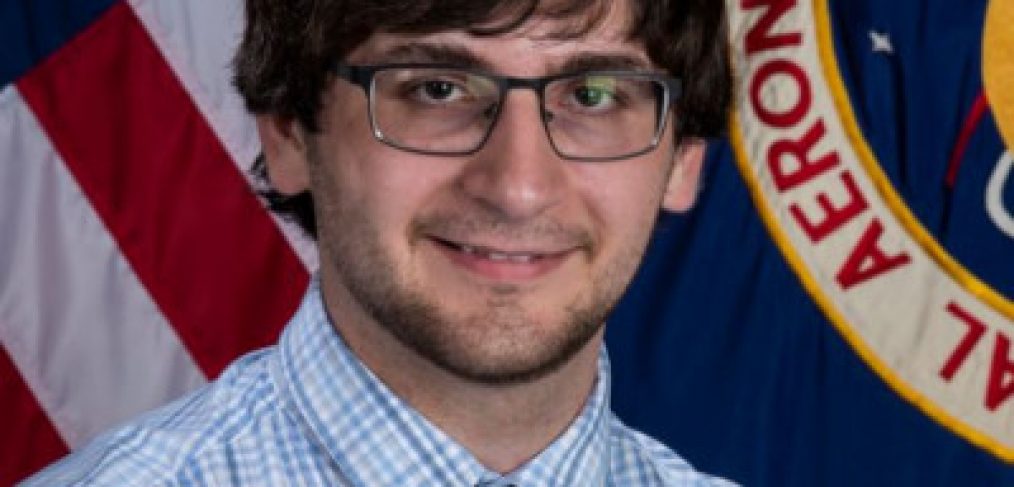The Aldrin Family Foundation will host a day-long, free family celebration in support of The People’s Moon project on July 20 in Times Square in honor of the 50th anniversary of one of the greatest achievements of all time – landing a human on the Moon. City, state and national partners have come together to help transform the heart of New York City into Tranquility Base, the Apollo 11 landing site. From fun-filled educational activities to iconic footage from 1969 on the infamous Times Square screens to a giant Apollo photo mosaic, families will have the opportunity to spend nearly 14 hours celebrating this historic milestone.
“On July 20, 1969, the world was united as one, when humans achieved the ‘impossible’ dream of landing and walking on the moon,” said Andrew Aldrin, President of the Aldrin Family Foundation. “Our goal is to recapture that spirit and give thousands the opportunity to put themselves in the place where only 12 men have gone before and to share this historic moment, just like people did 50 years ago. Through this celebration, we hope to inspire today’s generation, give them hope for the future like Apollo did for generations before, and help them realize that their own ‘giant leap’ is right within their grasp.”
Press Release From: Aldrin Family Foundation
More about the event
Read More


